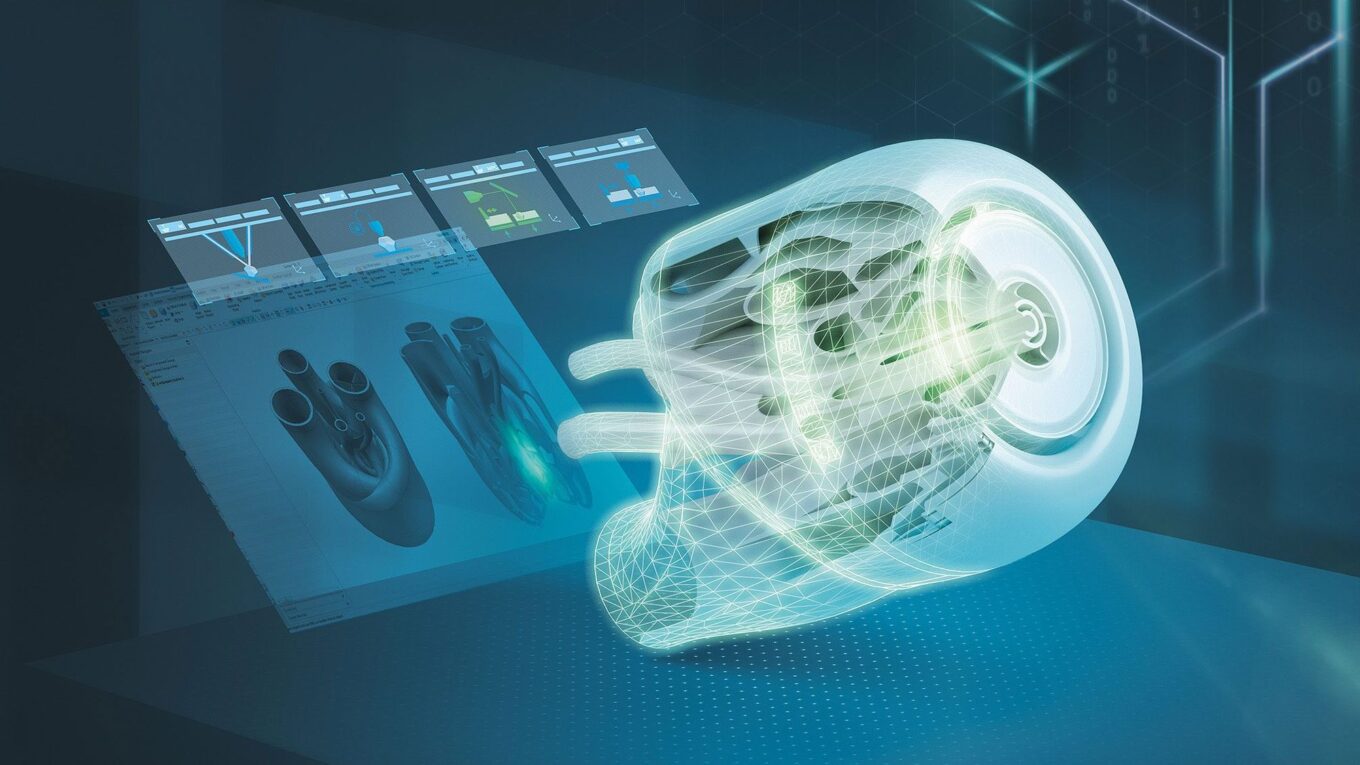Additive manufacturing, better known as 3D printing, has revolutionized manufacturing across various industries by providing an innovative way to make customized products on demand. The healthcare industry is now leveraging this technology to transform patient care and treatment. Through additive manufacturing, healthcare providers are able to personalize treatments, reduce costs and improve supply chain operations.
Personalized Medical Devices and Implants
With additive manufacturing, medical devices and implants can now be customized to suit each patient’s unique anatomy. This level of personalization was never possible before with traditional manufacturing methods. 3D printing allows doctors to design and produce prosthetics, dental crowns, surgical guides and implants tailored to a patient’s body.
Customized Prosthetics
For patients needing prosthetic limbs, additive manufacturing allows prosthetics to be 3D scanned and printed based on the patient’s anatomy for a perfect fit. Customized prosthetics are more comfortable, functional and affordable than off-the-shelf options. Multiple patients have benefited from 3D printed prosthetic hands, arms, legs and facial prosthetics. This technology empower patients by giving them customized devices that improve their quality of life.
Patient Specific Implants
Additive manufacturing is also being used to 3D print implants like hip and knee replacements customized to a patient’s anatomy. These patient-matched implants have precise fittings promoting quicker recovery and better long term outcomes. Doctors can pre-plan complex surgeries using surgical guides 3D printed based on a patient’s medical scans. This improves surgical accuracy and reduces risks of complications.
Reduced Costs of Medical Devices
Additive manufacturing allows devices to be produced on-demand anywhere in the world. This distributed manufacturing model significantly reduces warehousing and shipping costs associated with traditional supply chains. Complex devices that were previously too expensive to produce can now be 3D printed more cost effectively. With reduced production costs, additive manufacturing ensures supply of low-cost medical devices in underserved regions globally.
New Medical Product Development
The Healthcare Additive Manufacturing industry is leveraging additive manufacturing to develop innovative new products and services. 3D printing enables rapid prototyping, design iterations and testing of medical products that were previously difficult to produce. New implants, prosthetics, surgical tools and devices are evolving which could improve patient outcomes. Researchers are 3D bioprinting living tissue models to test new drugs and develop organ replacement therapies.
On-Demand Surgical Models and Tools
Additive manufacturing provides an effective way for surgeons to 3D print models using a patient’s medical scans for pre-surgical planning and simulation. These models help surgeons visualize diseases, lesions or birth defects and determine the best treatment approach before operating on a live patient. Complex surgical tools and aids are also 3D printed to assist in difficult procedures. This leads to better surgical outcomes and shorter hospital stays.
Emergency Supply of Medical Devices
Additive manufacturing enables on-demand, point-of-care production of medical devices. This helps address supply challenges especially during emergencies. When traditional supply chains fail due to natural disasters or pandemics, 3D printers can produce critical devices like ventilator parts, masks and sanitary supplies. During COVID-19, additive manufacturing played a key role in emergency production to address life-saving equipment shortages around the world.
Future of Healthcare Additive Manufacturing
As 3D printing technologies continue to evolve, additive manufacturing will play an even bigger role in healthcare. Multi-material bioprinters are being developed that can 3D print living tissues and eventually full organ transplants. Wearable sensors and exoskeletons will increasingly be 3D printed for personalized rehabilitation and elderly care. Implantable medical devices and smart drug delivery systems will leverage embedded circuitry 3D printed right into the design. The future of healthcare is closely intertwined with additive manufacturing’s potential to enable new treatment paradigms, streamline supply chains and empower patients worldwide with customized care. With ongoing innovation, this sector aims to transform global healthcare delivery through additive technologies.
Additive manufacturing presents immense opportunities for the healthcare industry by enabling personalized treatments, reducing costs and inventing new types of medical products. As the technology continues to progress, 3D printing will revolutionize how disease is diagnosed, treated and eventually prevented. By leveraging its customization and on-demand production capabilities, healthcare additive manufacturing is set to transform patient outcomes worldwide.
*Note:
1. Source: Coherent Market Insights, Public sources, Desk research
2. We have leveraged AI tools to mine information and compile it

